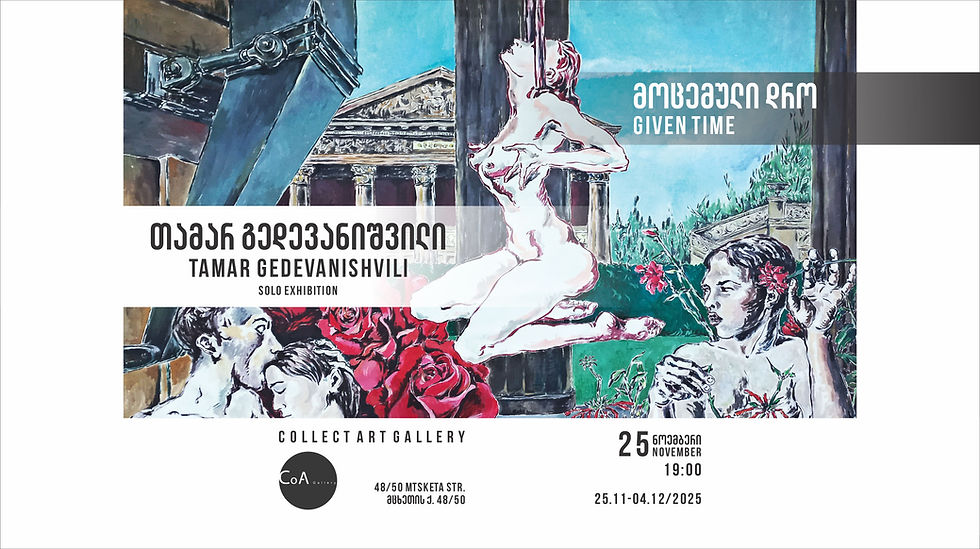Rubica von Streng/ Spring Issue
- Tamar Khelashvili
- Mar 28
- 2 min read
Rubica von Streng graduated from Berlin’s University of Arts UdK as a masterclass student in 2018. Her works, such as the paintings of the monumental “PortLand” cycle, have found a place in highly recognized art collections in Germany and aborad. They often deal with the beauty of nature, biodiversity and the future of civilization.
Abstract portrait and landscape painting enter an exciting liaison in her oeuvre. Her multilayered, oil paintings on canvas and paper appear watercolor-like and radiate an unexpected lightness, however heavy and complex the subjects. The artist achieves this balancing act by means of her self-developed so-called arpeggio painting technique: wafer-thin layers of highly diluted oil paint are applied one after the other, creating a powerful ensemble of overlapping color spaces and forms that interact with fragments of varying shapes.
“Rubica von Streng’s works provide viewers with a continuous and moving visual experience,” says Kerstin Bitar, chief art historian at Museum Rosengart Collection, Lucerne. “In an interplay with initially recognized motifs, they will constantly discover new figures, plants and landscapes. It is a continual process. This unfolding of very different visual elements in her pictures is extremely fascinating. Her PortLand works open up many different perspectives – into the depths, into the distance, into the future.”
The works on paper of the “Limits of PortLand” series alternate between anthropomorphic allusions, landscape-like forms and free gestures. The manifold color gradations from yellow to red may remind of incarnate. Rolling formations emerge in front of suggested horizon lines. Then again, autonomously placed, mostly short brushstrokes open up an abstract space.
Technically, the transparent, almost flowing application of paint is noteworthy. Usually, extremely diluted oil paints were and are used in glaze painting. Rubica von Streng’s delicate arpeggio painting technique involves applying layer upon layer of translucent paint in order to achieve brilliance, luminosity and depth in a depicted object or surface. The artist uses transparent colors, which are applied in a wide variety of silhouettes and liberate rather than define the composition.
Her mostly warm color tones sometimes seem to flow over the painting ground and seek their own paths and gradients. In reality, however, the process is very much controlled by the artist. The paper is not only a support for the painting, but also becomes its own subject, creating a polyphonic composition of ground, colors and shapes.
Currently exhibited at Bode Galerie, Nuremberg.
















Comments